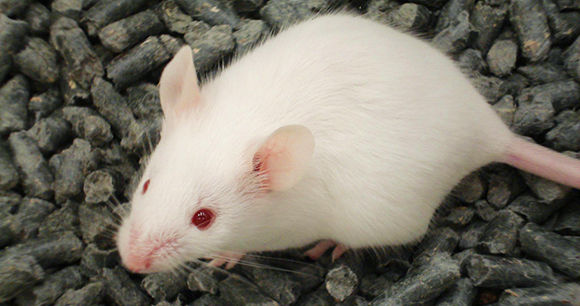
The Animal Welfare Act
The Animal Welfare Act (AWA), passed in 1966, was the first federal law regulating animals in research. Amended numerous times since 1966, the AWA sets minimum standards of care that must be provided for animals—including housing, handling, sanitation, food, water, veterinary care, and protection from weather extremes—and applies to animal carriers, handlers, dealers, breeders, and exhibitors in addition to research laboratories. Facilities conducting research, testing and/or teaching with animals must maintain a registration with the federal government.
The AWA covers warm-blooded species in research, but specifically excludes birds, rats of the genus Rattus, and mice of the genus Mus—who together constitute at least 95 percent of animals in research. Thus, institutions that only conduct research with animals not covered by the law are not required to register. In addition, laboratories that are registered are not required to submit to federal inspection of the areas where rats, mice, and birds are housed and experimented upon.
Where the AWA does apply, the US Department of Agriculture's veterinary inspectors enforce the law by conducting unannounced compliance inspections of laboratories at least once a year. On an annual basis, research facilities must report the number of animals experimented upon, including information on pain experienced by the animals and whether it was relieved. The facilities must establish internal Institutional Animal Care and Use Committees to serve as oversight bodies.
The Health Research Extension Act
The Public Health Service Policy on Humane Care and Use of Laboratory Animals implements the requirements of the Health Research Extension Act of 1985. This law applies to all research institutions that receive Public Health Service funding, such as grants from the National Institutes of Health (NIH). Researchers must comply with the guidance provided in the Guide for Care and Use of Laboratory Animals (Guide)—last updated in 2011. Rats, mice, and birds are included in the Guide.
The Guide is more detailed in its application of housing, husbandry, training, veterinary care and facility standards than the AWA. However, many of its standards are not mandatory and there is no federal oversight to ensure adherence (rather, facilities submit an “Assurance” to NIH regarding their compliance). By the Guide’s standards, social housing and enrichment are the preferred conditions for all species.